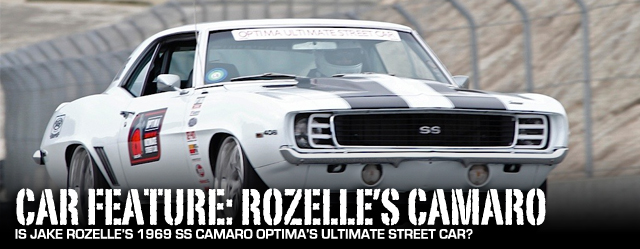
We spotted Jake Rozelle’s ’69 Camaro at Optima’s Ultimate Street Car Association’s event at Fontana. While we had come to watch a few other cars that have been regulars in the series for years, it was the young up-and-coming driver Rozelle that walked away with the win and our respect.
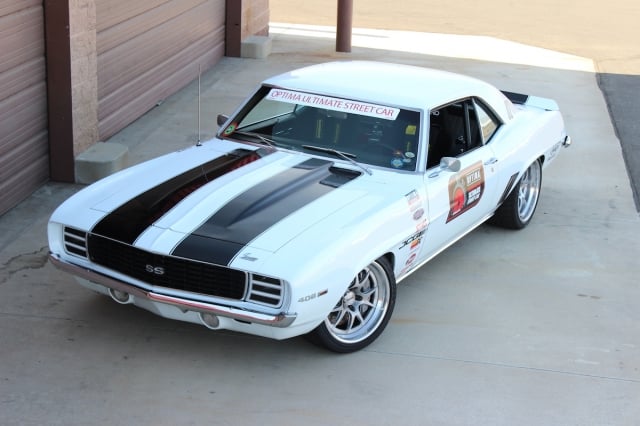
Jake Rozelle’s first gen Camaro has earned its stripes on the local autocross courses. Now he is after the title of Ultimate Street Car.
We covered the event and the coverage can be viewed by clicking here: Start, Stop, Woah! The Ultimate Street Car Association at Fontana.
At the event there were two racers we watched battling all day, but smiling the whole time, Jake Rozelle and Jordan Priestley. Rozelle was piloting his 1969 Camaro and Priestly was behind the wheel of his JDP fifth generation Camaro.
While the ’69 was significantly lighter, there was less horsepower. The fifth gen had roughly 100 horsepower over the ’69, but had more weight to tug around as well.
During the street stop competition, Rozelle set the low time of 15.34 seconds and Priestley was trying to play catch up. During the last half hour of the street stop, Rozelle sat and watched as Preistly made attempt after attempt at Rozelle’s time. Preistley was making consistent 15.6 second runs, but couldn’t seem to crack the 15.5 mark. Finally on his last run he ran a 15.4, but not fast enough to beat Rozelle.
Twenty-year old Jake explains that the project has been a “true” father/son team effort, “We have had a first generation Camaro my entire life. We’ve had this particular Camaro since I was ten.”
The motivation behind this team effort is simply that father and son both, “love driving and going fast,” continued Rozelle. The dynamic duo are dedicated to making the car better.
Suspension
When it came time to start the build, the Rozelle team took their first gen SS to Cris Gonzales at JCG Restorations and Customs for the suspension and frame work. Gonzales used Detroit Speed‘s DSE hydroformed front subframe along with DSE’s front speed kit.
This kit features DSE tubular upper control arms, tubular lower control arms with a coilover spring pocket, along with the coilover conversion kit.
The kit is highlighted by the DSE/JRi aluminum body coilover shocks with ‘Detroit Tuned’ valving. Couple these components that were manufactured and tested to work together with the DSE front anti-roll bar and the suspension tuning on the front is pretty complete.
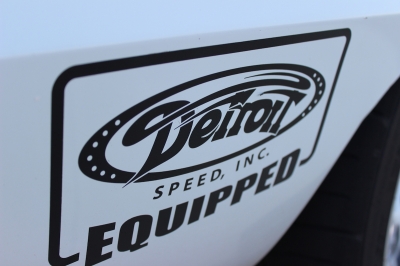
The rear suspension is DSE’s QUADRALink rear suspension system that was designed as an upgrade from the OEM leaf-spring rear end.
The QUADRALink’s 4-link system keeps the rearend geometry stable for solid handling characteristics, featuring a trade marked “swivel-link” component that allows the suspension to fully articulate smoothly with no binding.
DSE claims that this kit is a top-shelf system because the articulation is achieved without using heim-joints, which they claim are prone to “short-term life.”
Instead of heim-joints, DSE uses rubber bushings instead of urethane bushings. Longer upper links are utilized for pinion and u-joint control. The QUADRALink kit also includes an adjustable panhard rod that accommodates ride height changes and roll center control.
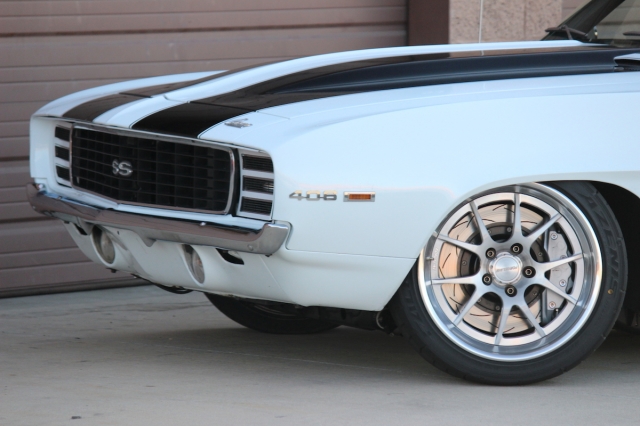
KORE 3′s GM big brakes were used in all four corners of this build.
Rozelle told us that the brakes on all four corners are GM (Z06 Corvette) big brakes, a kit from KORE 3. This is a popular brake kit for 18-inch wheels, which are the minimum size recommended for these calipers and rotors. All of the front and rear suspension and brakes were installed and tuned by JCG Restorations and Customs.
Other Mods
According to the younger Rozelle, no body modifications were performed on the car at all. Even the paint job that came with the car was allowed to stay. Following the suspension upgrades, the next step that the Rozelle team took on was the engine and drivetrain.

The LS7 crate engine fits well under the hood of the ’69 Camaro.
“When it came to the motor, we kept it safe so the motor doesn’t overpower the car,” said Jake.
This mentality paid off as the young driver “broke-in” the new LS7 crate engine on the way to the Ultimate Street Car Association’s Laguna Seca event where he finished in 3rd place.
The LS7 crate engine is one of GM’s LS-series of small-block V8 engines.
It features a 4.125-inch bore x 4.000-inch stroke in a cast aluminum block with 6-bolt steel main bearing caps. The LS7 crate is shipped with a forged steel crankshaft, forged titanium connecting rods, and hypereutectic aluminum pistons. The 427 cid engine is rated at 505 hp and 470 lb-ft of torque.
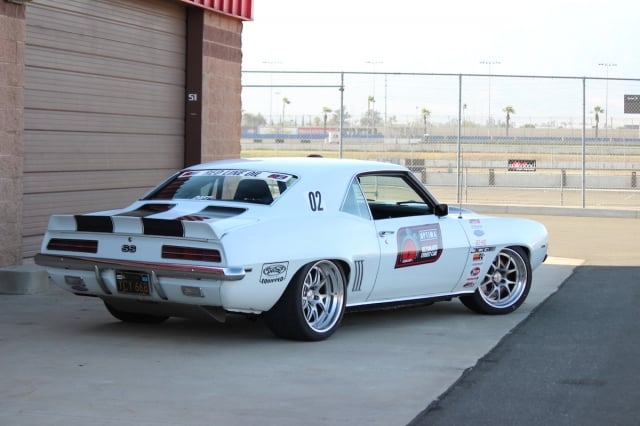
LS7 Crate engine specs:
- Hydraulic roller camshaft with 0.591-inch intake lift and 0.591″ exhaust lift
- 211-degrees intake and 230-degrees exhaust duration at 0.050″
- CNC-ported cylinder heads with LS7-style ports and 70cc CNC combustion chambers
- 2.200-inch titanium intake and 1.610-inch sodium-filled exhaust valves
- 11.0:1 compression ratio
- 1.8:1 rocker arm ratio
- 7,000 rpm maximum
- 14-inch, 168-tooth flywheel
- 58X reluctor wheel
- Internally balanced
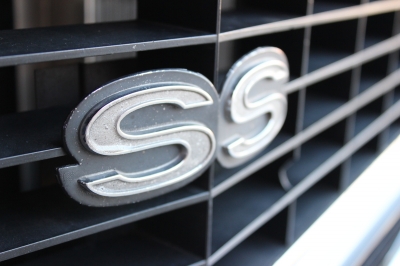
The team strayed away from making any modifications to the exterior or body of the classic. They even kept the original SS badge on the grill.
The transmission’s short, crisp, and precise shifts make it a very popular choice with Pro-Touring and road racing enthusiasts. An aluminum driveshaft transmits the power back to a Speedway Engineering full floater Ford 9-inch rearend.
The Rozelle team added Kook’s headers and a Magnaflow 3-inch exhaust system to boost the performance. The bone stock LS7 and the drivetrain combination measured 505 hp on a chassis dyno.
This retro beast with a modern twist Camaro is rolling on a set of 18-inch Forgeline GA3R wheels. These are three-piece competition wheels that are designed with strength and light weight in mine.
Forged 6061-T6 aluminum centers with heat-treated rim shells, these wheels have a 2100 pound street tire load rating. Like most of the wheels in the Forgeline arsenal, these wheels have a generous brake clearance and customizable fitment and finish options.
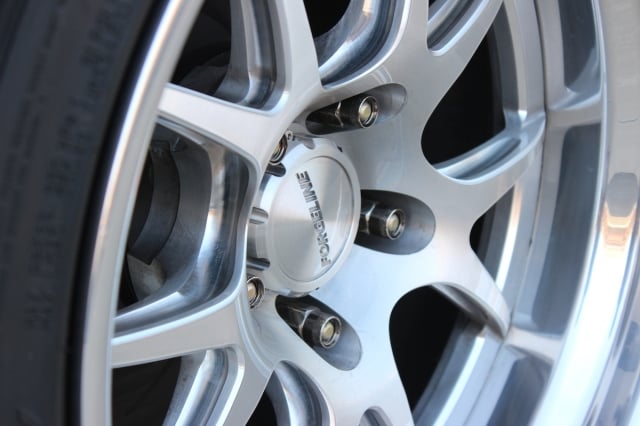
Forgeline GA3R competition series wheels wrapped in Falken Azenis RT625K tires get plenty of traction to the asphalt.
Team Rozelle uses Falken Azenis RT615K tires for street and track use. Known for their strong grip in dry conditions, they are rated 200 A-A by the Uniform Tire Quality Grade Standards (UTQG). This means that these tires have one of the highest traction ratings and fall in the highest grade in temperature rating.
Interior
A Detroit Speed dash insert highlights the interior and allowed the Rozelle’s to select any set of gauges, up to 5-inch, for their cockpit. It also gave the crew the option of determining their own personal layout for the gauge positions. AutoMeter Ultra Lite II gauges were selected to display the critical information for the driver.
Ultra-Lite II gauges have a silver face and black accents during the day, with an LED pointer and through-the-dial lighting, which give them a classic look that adds to the vintage nature of the Camera.
At night these gauges show their unique reverse lighting effect that alters the face of the gauge to dark with illuminated accents. These gauges work well for the daytime auto crossing events and have the added benefit of being easy to read at night on the way back home.
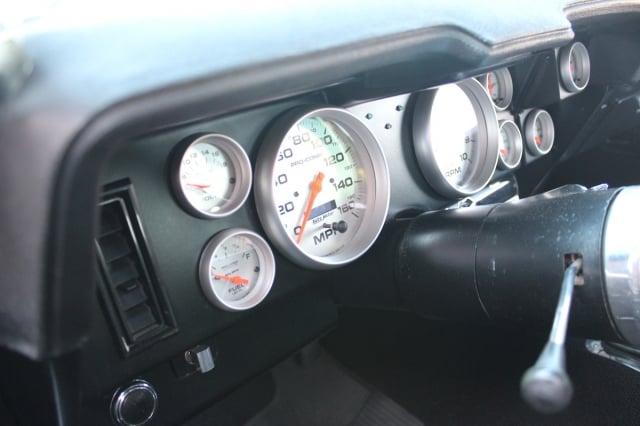
A Detroit Speed dash insert with Ultra lite II gauges make this interior glow.
Rozelle added Recaro seats for the driver and passenger’s comfort. In the back, a classic houndstooth rear seat was added for that sporty vintage appearance.
The entire interior of the car is surrounded by a custom cage fabricated by JCG Restorations and Customs. The cage was built with full knowledge that this car would be competing in auto-cross events around the nation.
The added support and safety features without interference make this custom roll cage a “must-have” item for the ultimate street car.
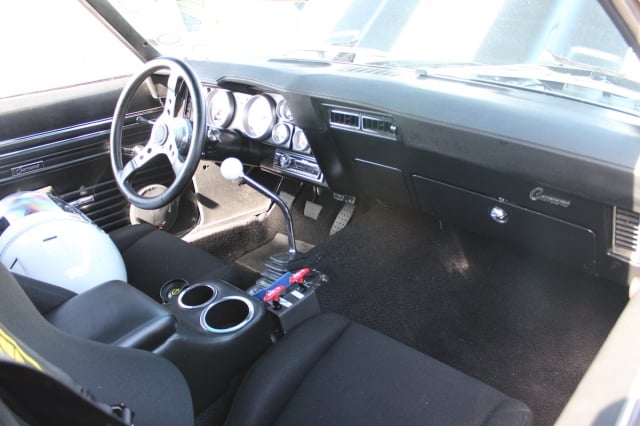
Tech Specs
Owner: Jake and Roy Rozelle
Car: 1969 Camaro SS
Paint: Off-White
Body Mods: None
Interior:
Recaro seats, DSE insert dash, AutoMeter Ultra-lite II gauges, custom roll cage by JCG, hounds tooth rear seat
Engine and Transmission:
Stock GM LS7 crate engine, Tremec T56 transmission
Underhood Parts: Kooks headers, Magnaflow 3-inch exhaust, aluminum driveshaft
Suspension:
Frame tuned by JCG Restorations and Customs
Brakes:
Corvette Z06 disc brakes
Rims and Tires:
Forgeline GA3R 18-inch wheels. Falken 615K tires (275-front 315-rear)

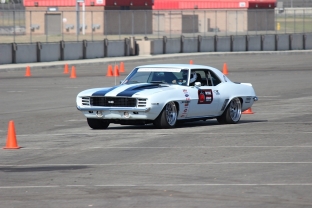
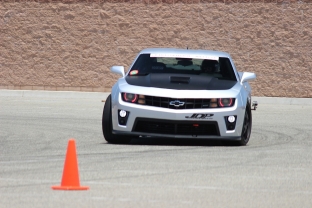
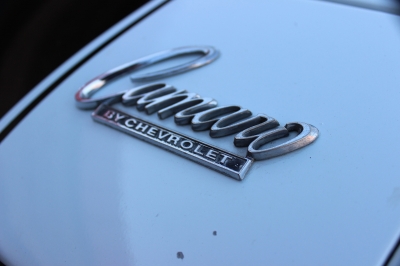
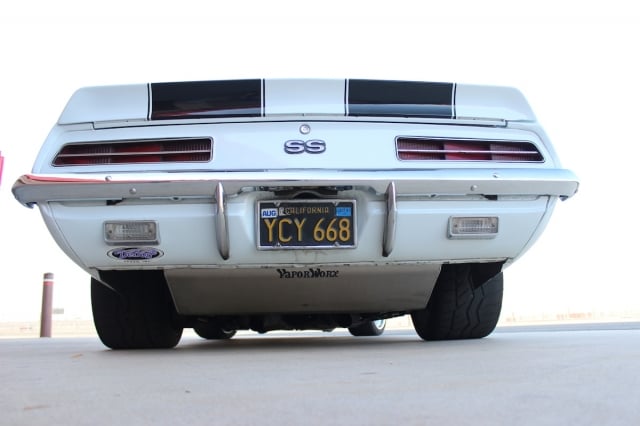
No comments:
Post a Comment